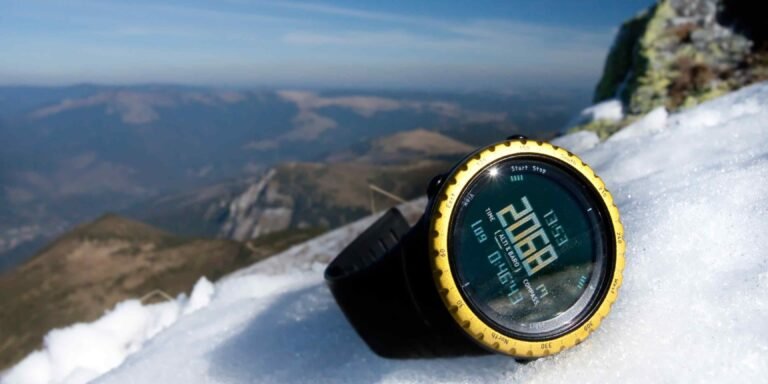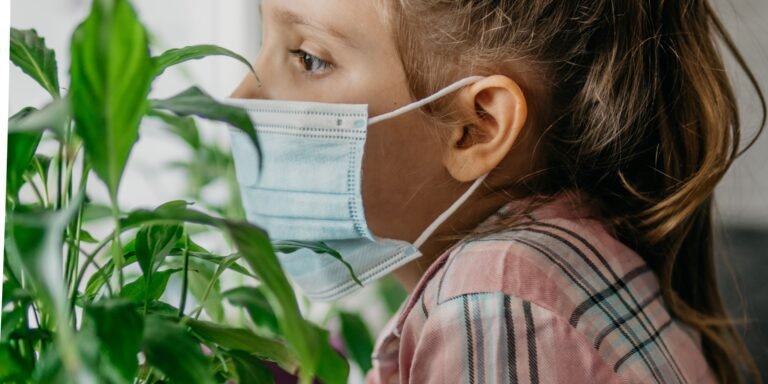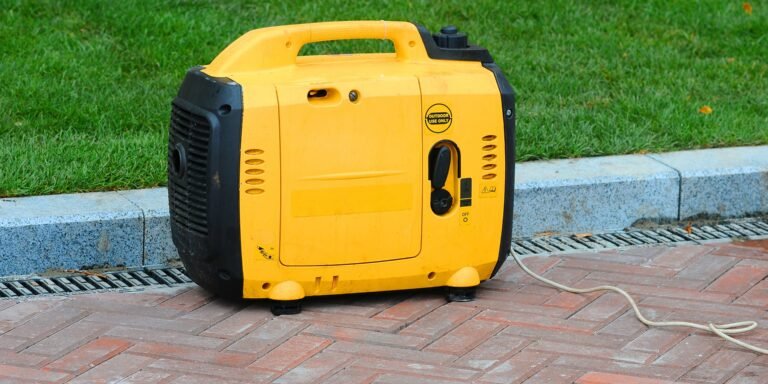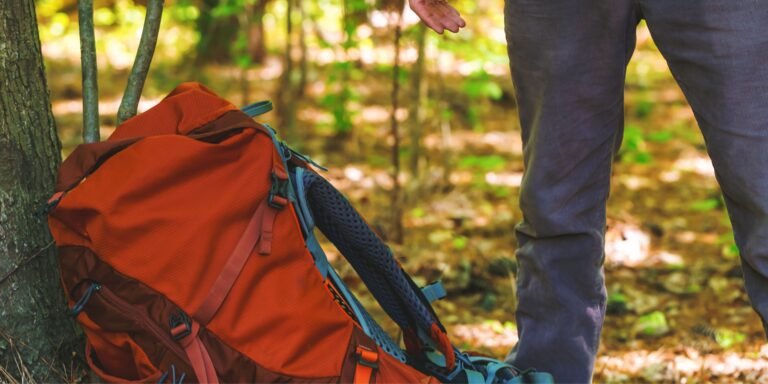Preppers’ Must-Have Medical Supplies
This post may contain affiliate links, full disclosure here.
Accidents, natural disasters, medical emergencies, and unanticipated events can all turn a person’s life upside down. Being ready to face these challenges when SHTF can mean the difference between life and death.
A good prepper will keep a small medical supply kit on hand. A great prepper, on the other hand, will have a long list of supplies, tools, and medications that can be used to treat the majority of injuries in a variety of settings.
For faster and more efficient use, the following 11 categories of medical supplies should be prepared in their pack:
- General supplies
- Diagnostic equipment
- Hemorrhage kit, and wound closure
- Emergency fluid replacement
- Trauma, and fracture kit
- Burn kit
- Dental kit
- Poisoning
- Medicine and supplements
- Feminine hygiene and pregnancy
- Delivery & newborn kit.
See also: Top 20 Barter Items to Stockpile
List of Essential Medical Supplies by Category
The terms “sterile” and “clean” refer to the degree of cleanliness of bandages, gloves, gauzes, and most tools. Sterile means that the item has been treated (by heat, chemical, or radiation) and is completely free of microbes. Clean items are those that were prepared or manufactured in a clean environment, but they are not guaranteed to be completely free of microbial contaminants.
Sterile items are preferred when dressing wounds and performing minor surgeries. This reduces the likelihood of the wound becoming infected, which not only delays healing but can also lead to local and systemic bacterial spread.
Survival will be determined by chance (uncontrollable factors) as well as factors under your control.
General Supplies
Disclaimer: Items denoted by an asterisk (*) are advanced pieces of equipment that require some training to use effectively. Despite the need for additional training, these items are critical and, when used correctly, greatly increase survivability.
A surgical scissor, a needle holder, a blade holder, an Adson forceps, at least two clamps, and a stainless kidney basin * Sterile sutures with needles: Silk (for skin closure), Vicryl, and Monocryl (absorbable, for mucous membranes and deep soft tissues)
- Clean forceps, clamps, bandage scissors, and a plastic kidney basin * Sterile surgical blades: #20 and up require a larger
- slot on a blade holder
- Sterile eye dressing
- Tourniquet
- Sterile and clean medical gloves
- Thermal blankets and hot/cold packs
- Safety pins
- Surgical mask, N95 mask, or respirators
- Eye protection goggles
- Hand soap
- Bottles containing 70% isopropyl alcohol and 10% povidone-iodinCotton balls in separate airtight containers/packaging soaked in 70% alcohol and 10% povidone-iodine
- 4 x 4 inch sterile gauze packs
- Cotton swabs
- Clips and elastic bandage rolls
- Bandages with butterfly adhesive for minor cuts
- Dermabond tissue adhesive
- 0.5inches, 1inch, and 3inch medical tapes Micropore (waterproof) and Transpore (waterproof) (for sensitive skin)
- Anesthesia administered locally: Benzocaine ointment, cream, spray, and patches are all available. Dermal injection of sterile lidocaine *
- 1cc, 5cc, 10cc, 20cc, and 50cc sterile syringes
- Gauge 18, 20, 21, 23, 25, and 27 sterile syringe needles The lower the gauge number, the better.
Emergency Fluid Replacement
- Intravenous (IV) infusion set: Gauge 20 IV cannula and a macro set IV tubing *
- Spare IV cannula: gauge 20 and 22 *
- Multiple bottles of 1L Plain Normal Saline Solution (PNSS) *
Trauma and Fracture Kit
- Rigid splints of varying length and sizes
- Slings or triangular bandages
- Elastic wrist brace
- Knee and ankle elastic brace
- Adjustable crutches
- Bag valve mask: people who had neck trauma may stop breathing due to a severed or compressed spinal cord. *
- Thoracostomy needle: In cases where a fractured rib punctures the skin of the chest cavity, air gushes in and compresses the lungs. After sealing the primary wound, it may be necessary to use a thoracostomy needle to release the air inside the chest cavity. However, advanced training is required to perform this intervention safely, and correctly.
- Cloth to tie the splint
- Elastic bandages and clips
- Ice pack
- Neck brace
- Lumbar back brace
Burn Kit
- Large quantities of sterile gauze rolls
- 4 x 4 inches gauze pads
- Large volumes of sterile water or PNSS
- Zinc Oxide cream
- Topical lidocaine or burn jel.
Dental Kit
- Dental probe aka shepherds hook
- Toothbrushes, floss, and toothpaste
- Dental mirror
- Disinfectant mouthwash
- Lidocaine injection
- Dental cement
- Extraction forceps
- Hydrogen peroxide
Diagnostic Equipment
- Stethoscope
- Writing materials: pens, regular paper, and waterproof paper
- Assorted disposable and rechargeable batteries for medical equipment
- Penlight, headlamp, lanterns, and flashlights
- Otoscope: can be used to view inside the ear
- Blood glucose monitor, strips, and lancets
- Pulse oximeter: reads the heart rate and oxygen saturation of the blood
- Analog and digital body thermometer
- Automatic and manual blood pressure monitor
Medicine and Supplements
- Any prescription medicine you are currently taking
- Oral pain relivers: Ibuprofen, mefenamic acid, paracetamol/acetaminophen
- Antipyretic (fever reducers): acetaminophen (aka paracetamol) 500mg tablets
- Nasal congestion medication: Phenylephrine tablets or nasal spray
- Anti-histamine: diphenhydramine, cetirizine, or loratadine
- Guaifenesin
- Anti-diarrheal: Loperamide (Imodium), Pepto-Bismol
- Laxative
- Hydrocortisone cream
- Topical Lidocaine and lidocaine patch
- Multivitamins and mineral supplements
- Pre-packed oral rehydrating solution: 6 level teaspoons sugar + ½ level teaspoon salt to be dissolved in 1L of water.
- Antacids: famotidine, simethicone
- EpiPen *
- Salbutamol nebules or tablets and a nebulizer
- Caffeine tablets
- Broad-spectrum antibiotic tablets: Azithromycin, Doxycycline *
- Miconazole
- Activated charcoal and syrup of ipecac *
Hemorrhage Kit and Wound Closure
- Elastic bandages and bandage clips
- Large quantities of sterile and clean gauze rolls
- Large quantities of sterile and clean gauze pads
- Sterile surgical blades
- Sterile syringes and needles
- Local anesthesia *
- Medical stapler and staple remover
- Medical tapes
- Cotton balls
- Large quantities of abdominal pads
- Chest seals
- Tourniquet
- Sterile suturing pack: a surgical scissor, a needle holder, a blade holder, an Adson forceps, at least 2 clamps, and a stainless kidney basin *
- Sterile sutures with needles: Silk (for skin closure), Vicryl, and Monocryl (absorbable, for mucous membranes and deep soft tissues) *
- Indwelling Foley catheter: near the tip is a balloon that can be inflated by injecting water through the base. In cases of a penetrating wound, it can also be used to compress the hole and reduce bleeding.
Poisoning
- Activated charcoal: should be given within 1 hour of ingestion of a poisonous substance
- Syrup of Ipecac: this induces vomiting. It should only be used on ingested disinfectants and sterilant, and only if the person is conscious. *
- Clean water: used for irrigating affected body parts
Feminine Hygiene and Pregnancy Kit
- Menstrual pads and tampons
- Birth control pills or contraceptive devices
- Pregnancy tests
- Plan B emergency contraception
- Vaginal care products
Delivery and Newborn Kit
- Large quantities of clean towels
- Indwelling Foley catheter
- Sterile suturing pack and sutures *
- Lidocaine Injection and syringes *
- Large quantities of 4 x 4 inches gauze pads
- Suction bulb
- Cord clamp
- Vitamin K injection: for newborn *
- Silver nitrate or erythromycin ophthalmic ointment
- Breast pump, baby bottles, and formula milk
Contents of a Portable First Aid Kit
Unlike home medical supplies, which can be stocked with a variety of different types, a portable first aid kit for venturing outside must be carefully chosen and lightweight.
- Antiseptics: Alcohol and Povidone-Iodine
- Sterile 4 x 4 inches gauze dressings
- Elastic bandages
- Triangular bandage
- 2 pcs sterile eye dressing
- Safety pins
- Trauma/bandage scissors
- Hydrocortisone cream
- Antihistamine
- Distilled water for wound cleansing
- Cotton balls
- 2 Sterile gloves, and 5 pairs clean gloves
- Suturing pack, a suture with needle, and 2 sizes of surgical blade
- Medical Tape
- Syringes and needles
- Lidocaine cream or injection
- Tourniquet
- 2x abdominal pack
- Indwelling Foley catheter
- EpiPen
- Paracetamol/acetaminophen
- Imodium
- Activated charcoal
There is no such thing as being overly prepared when it comes to preparing for SHTF. The list of medical supplies for preppers is lengthy, but it will increase your and your family’s chances of survival when every reliable and necessary institution fails.
Yesterday was the best day to begin preparing. Right now is the second-best time.







